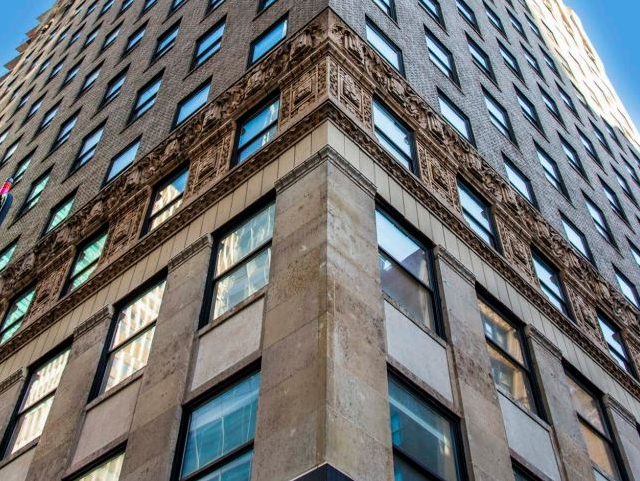CRE’s Bid-Ask Spread Widens: Moody’s
As buyers and sellers approach deals from widely divergent valuation standpoints, transaction velocity is stalling.
A rise in cap rates will cause commercial real estate values to drop from 7 to 9 percent in the multifamily and industrial sectors and by 20 percent or more for office, retail and hospitality asset types, a new white paper from Moody’s Analytics REIS predicts.
READ ALSO: CRE Transaction Activity Picks Up, NAIOP Reports
Going back to before the coronavirus upended life and business, Moody’s notes in “COVID-19 and CRE Transaction Markets,” dry powder totaling hundreds of billions of dollars was waiting for the right commercial real estate deal.
And even this past spring, after it became clear that COVID-19 was no mere seasonal flu, Moody’s points out there was much speculation that opportunistic funds were raising comparable amounts to jump on distressed deals.
Yet despite all that, transaction volume fell roughly 40 percent year-over-year in the second quarter. And the Mortgage Bankers Association expects commercial mortgage origination to fall further.
Bid, ask, stalemate
Moody’s wrote, “we believe that the ongoing uncertainty fuels a bid-ask spread that remains wide.” Potential commercial real estate buyers and sellers “have significant differences of opinion on future rents, occupancies, business prospects, and, ultimately, expectations of net cash flow going forward. Owners prefer to value properties on pre-COVID-19 performance with little consideration of current capital market conditions, while opportunistic buyers tend to take the opposite view.”
Those opportunistic buyers, Moody’s comments, “are likely seeking a haircut of approximately 30 percent before committing to a purchase.”
But consider the opposite side of the ledger: Moody’s Commercial Property Price Index shows substantial declines, but—with the notable exception of the retail sector, already in much stress before the pandemic—these are substantially more moderate than those seen between 2008 and 2010.
The white paper also points out that for the most part, commercial properties continue to generate revenue, on top of which occupancies “were holding steady at the national level as of the second quarter.” Though asking and effective rents are seeing downward pressure, actual decreases have so far been very minor.
So it’s no mystery why the majority of owners don’t see a rationale for selling at distressed prices.
The white paper quotes Ryan Severino, chief economist at JLL: “It’s a tale of two worlds right now: you’ve got a national public health crisis putting downward pressure on hotel and retail asset prices. But even within those two sectors, you have high quality assets that are still posting steady if not increasing revenue metrics. It’s no surprise therefore that a large enough number of buyers and sellers have yet to come to an agreement about pricing.”
Read the full report by Moody’s Analytics REIS.







You must be logged in to post a comment.